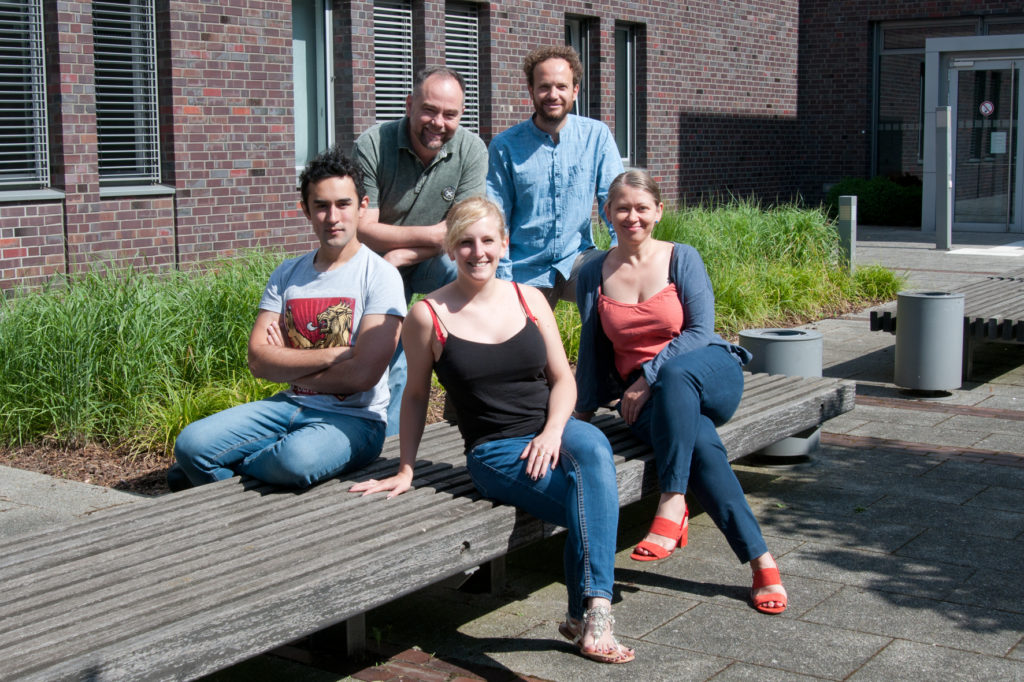
Local interneurons critically control activity and plasticity in the hippocampus during memory storage. Strikingly, aging in rodents has been associated with a loss of parvalbumin (PV) (Dugan et al., 2009) and somatostatin (SST) subclasses of hippocampal interneurons, in association with cholinergic dysfunction (Matsuoka et al., 1995). Changes in these two cell populations likely contribute to the general alteration of GABAergic inhibition, altered excitation/inhibition balance and reduced capacity to modulate inhibition in the hippocampus of aged rodents. They may also account for disturbances in the propagation of gamma oscillations and altered timing of activity between CA3 and CA1 (Kanak et al., 2013). SST-positive interneurons of the hippocampus appear to be particularly vulnerable to age-related neuropathology and the loss of these interneurons in the hilus discriminates between good and bad memory performers during aging of rats (Spiegel et al., 2013).
The activity of both PV neurons (Yi et al., 2014) and SST interneurons in the hippocampus (Raza et al., 2017) are controlled by M1 muscarinic receptors, which in turn have been identified as a major target of pharmacotherapy in dementia and are downregulated in a mouse model of early senescence (Park et al., 2014). In our work, we could recently demonstrate the role of a subgroup of hippocampal SST interneurons in the encoding of context memory salience and identified involved critical molecular components of these cells including the transcription factor CREB, neuropeptide Y and the M1 receptor (Raza et al., 2017).
Hypothesis: We postulate that PV and SST interneurons mediate the consequences of cholinergic decline on synaptic aging in the hippocampus, and, thus, may serve as target sites for therapy and cognitive enhancement. We define the following Aims:
- To determine effects of long-term alterations in the activity of these interneuronal networks on the composition and function of hippocampal excitatory synapses.
- To identify critical molecular constituents of the network function and probe aging induced changes that may be targeted to counter act cognitive decline.

Collaborations: TP1 Dieterich (synthesis and turnover of synaptic proteins), TP4 Kreutz (molecular and metabolic synaptic signaling), TP6 Dityatev (structural and functional synaptic changes at the multipartite and the electrical synapse TP8 Gundelfinger/ Seidenbecher (ECM regulation, cholinergic enhancement, environmental enrichment) TP13 Ullsperger (cholinergic modulation) Identified markers of interneuron-mediated cognitive decline will further be systematically tested in the different aging models studied in the graduate program.
